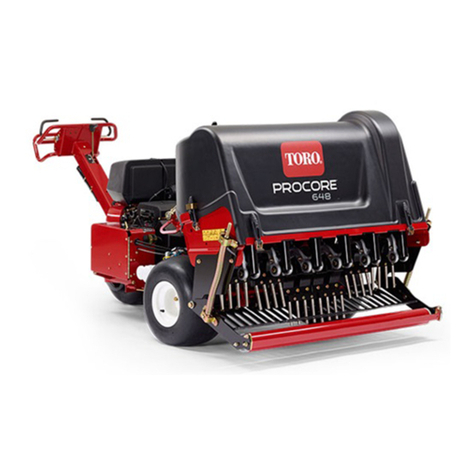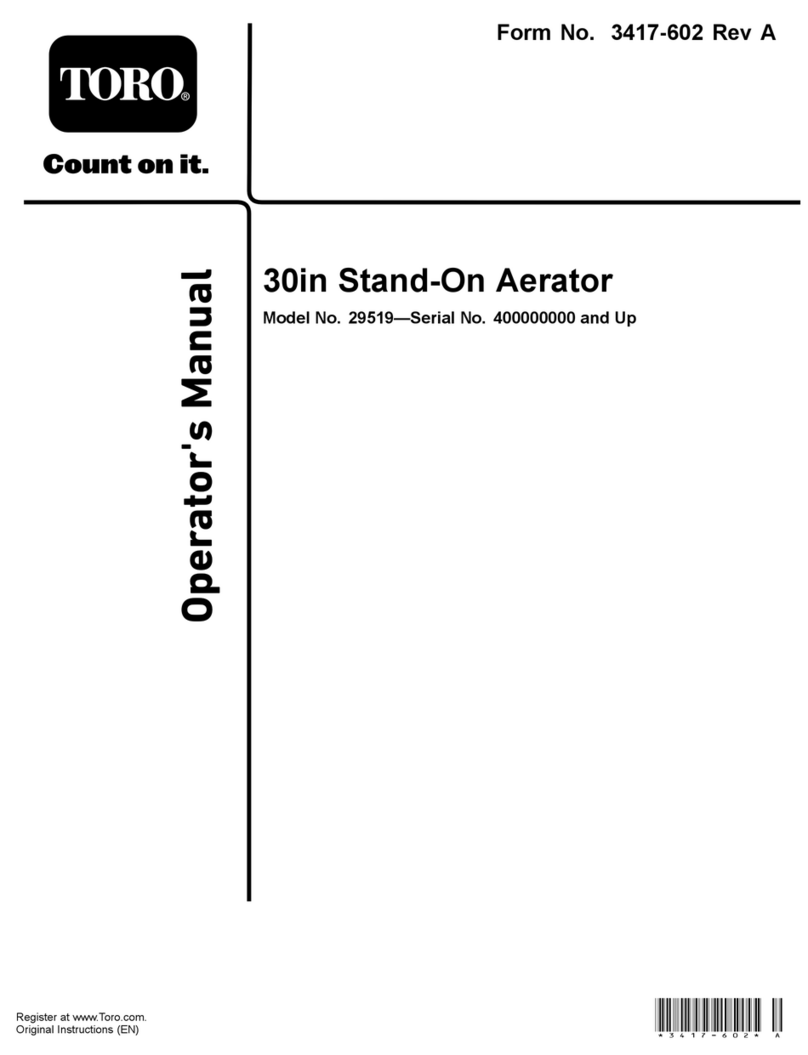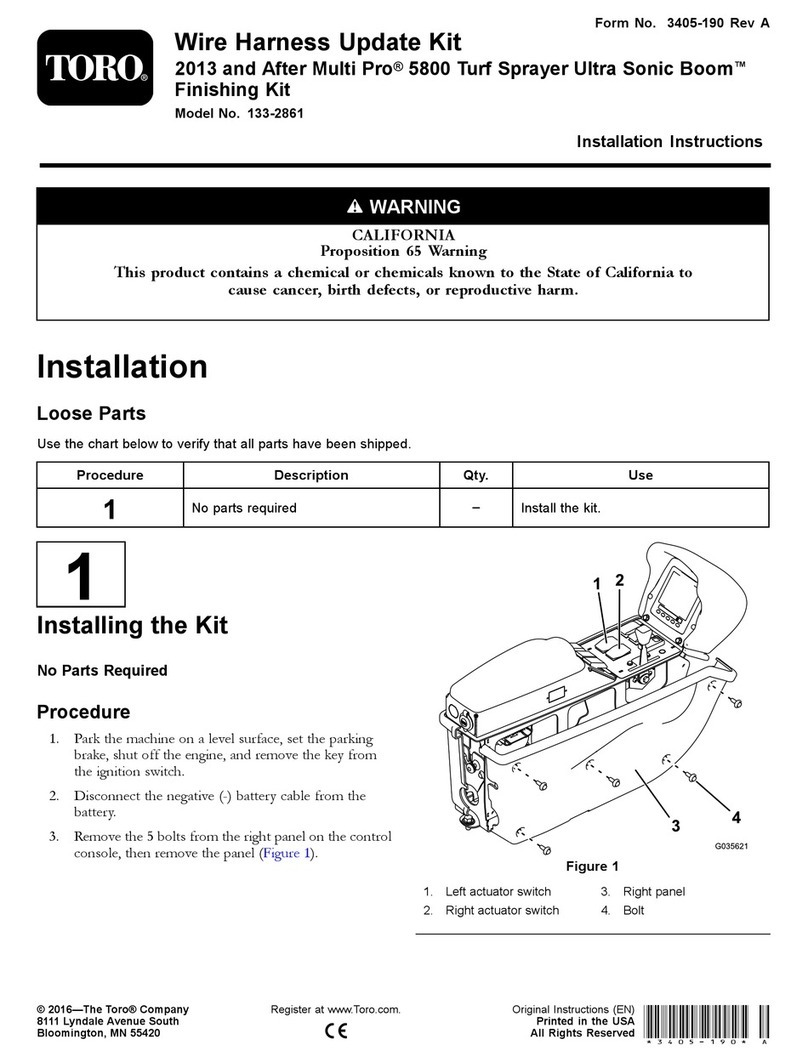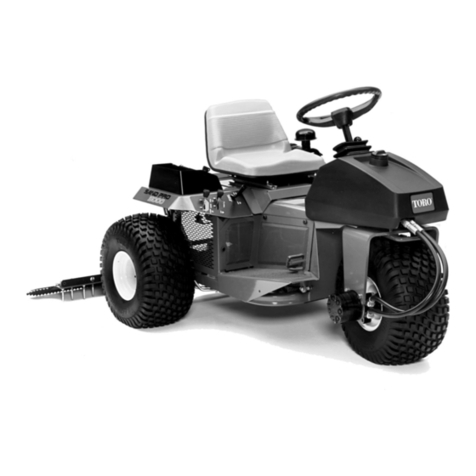Toro 09830 User manual
Other Toro Lawn And Garden Equipment manuals

Toro
Toro Flex-Force Power System 88714 User manual
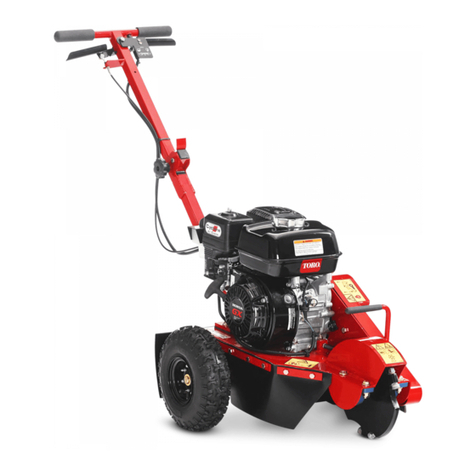
Toro
Toro 22610 User manual
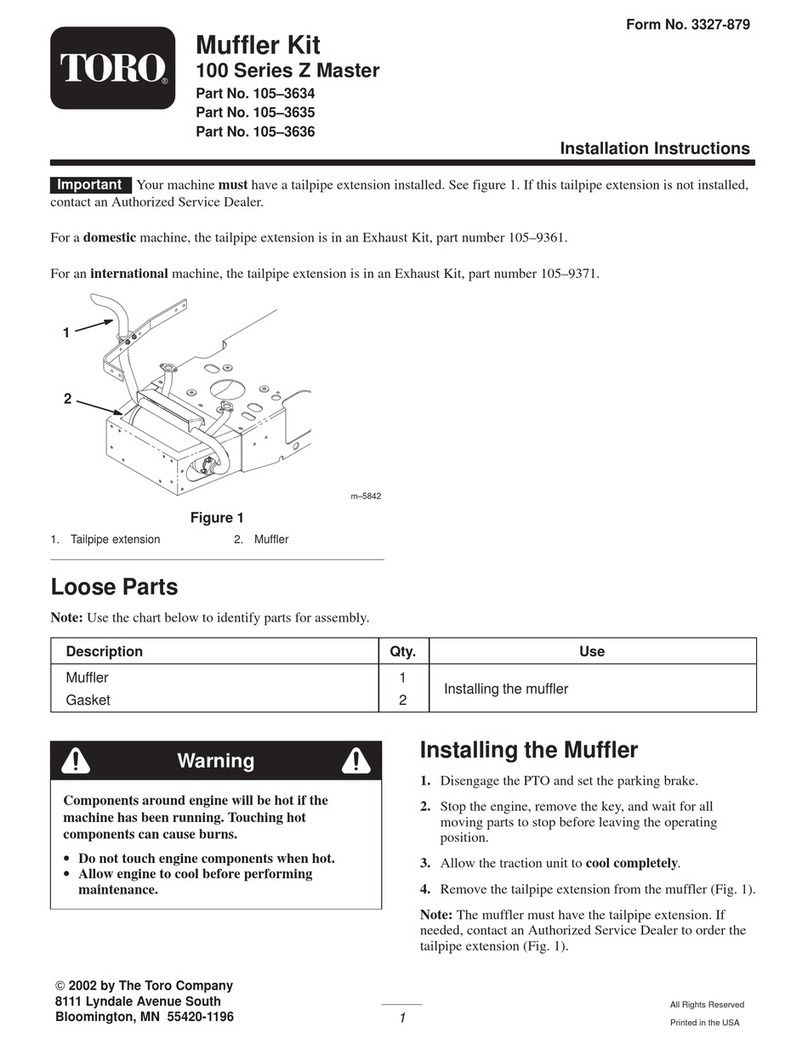
Toro
Toro 100 Series Z Master User manual

Toro
Toro Bullseye QuickGroom 700 User manual
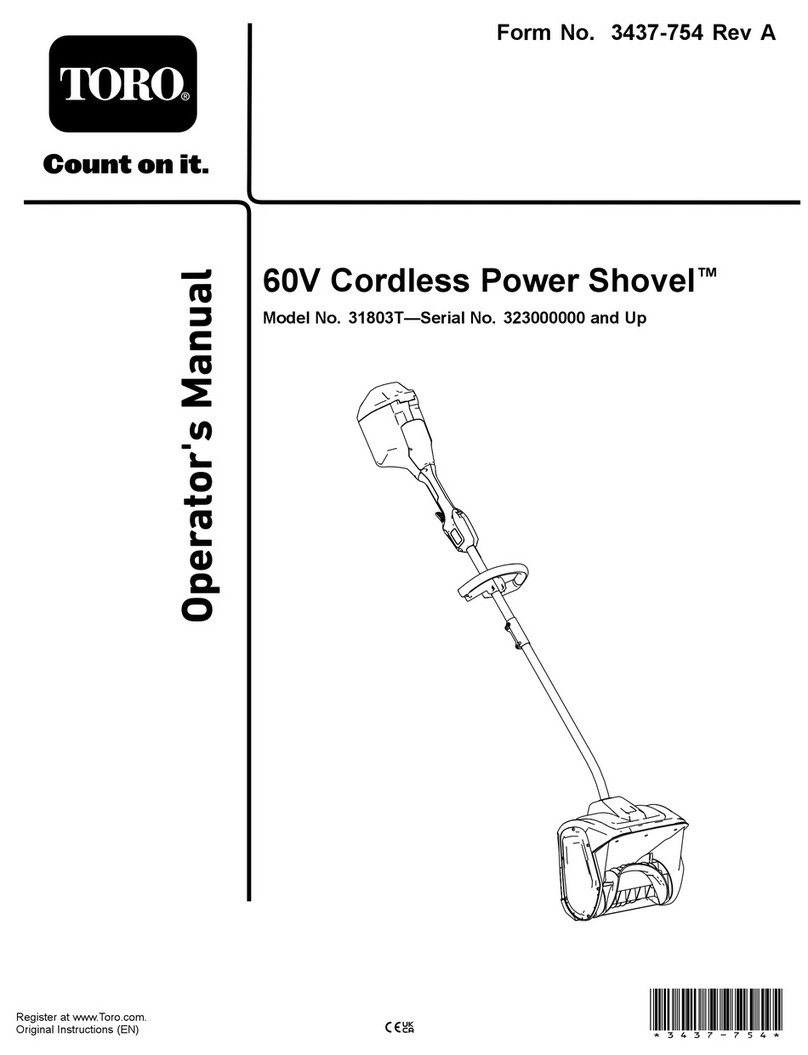
Toro
Toro Shovel 31803T User manual

Toro
Toro 22473 User manual

Toro
Toro 72072 User manual
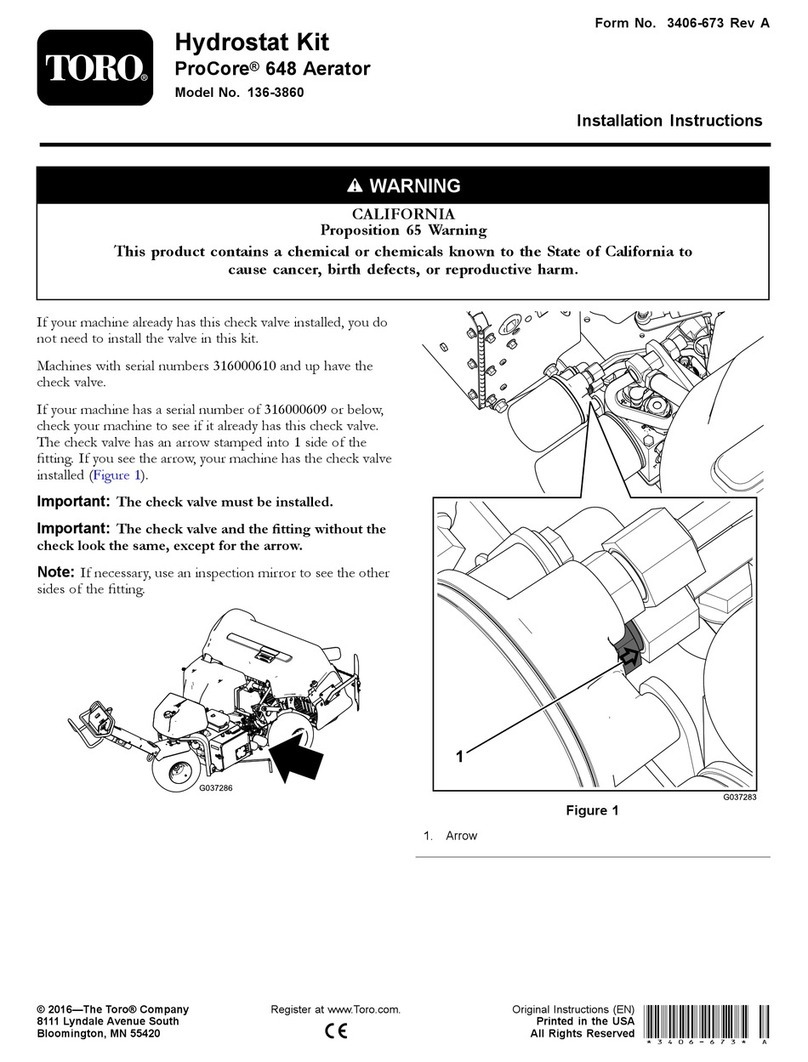
Toro
Toro 136-3860 User manual
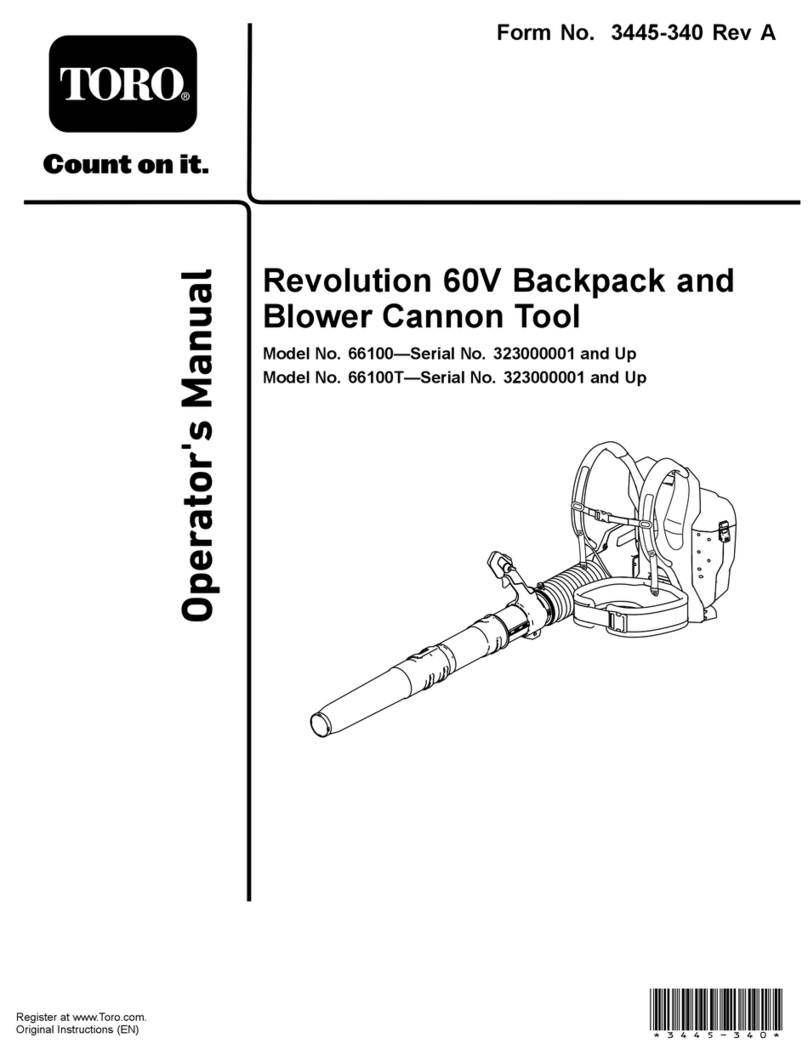
Toro
Toro 66100 Series User manual

Toro
Toro 133-0152 User manual
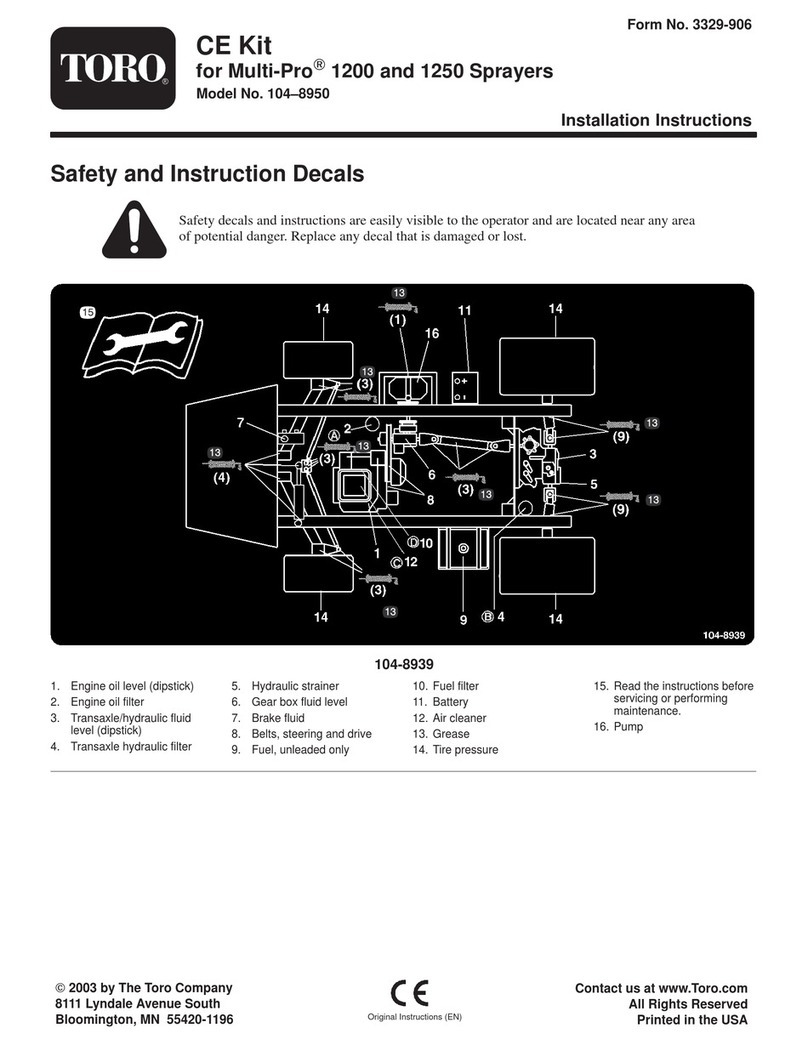
Toro
Toro 104-8950 User manual
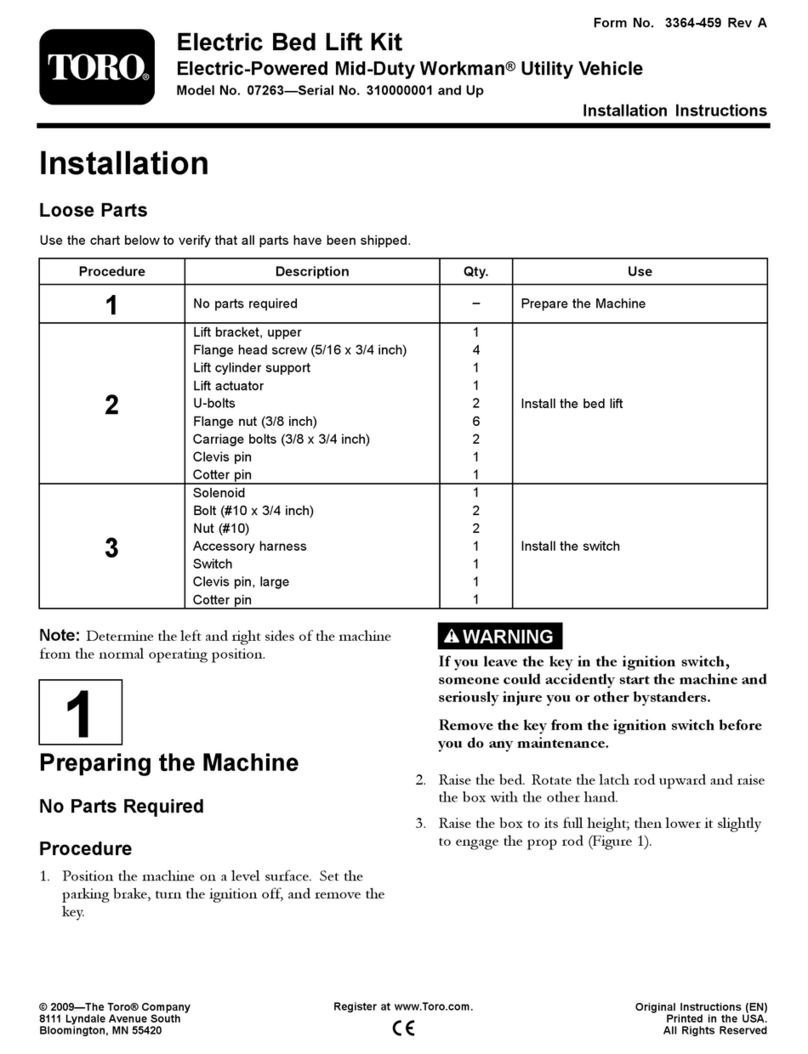
Toro
Toro 07263 User manual

Toro
Toro Greensmaster 3150 User manual
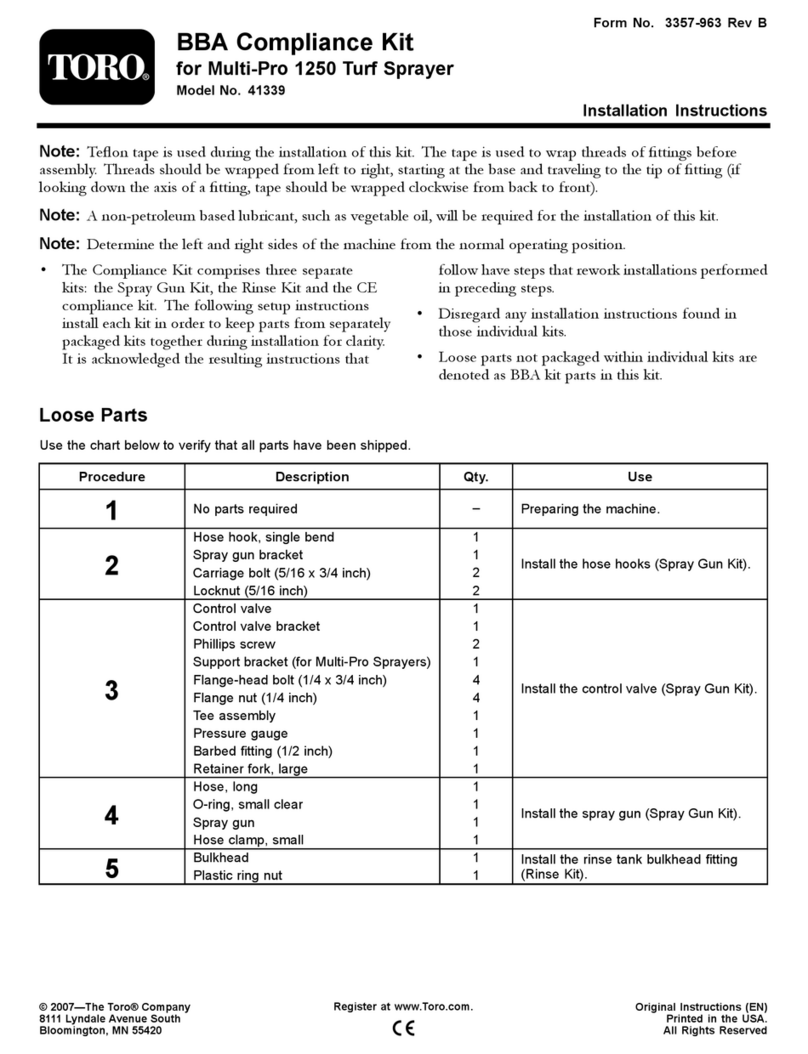
Toro
Toro 41339 User manual
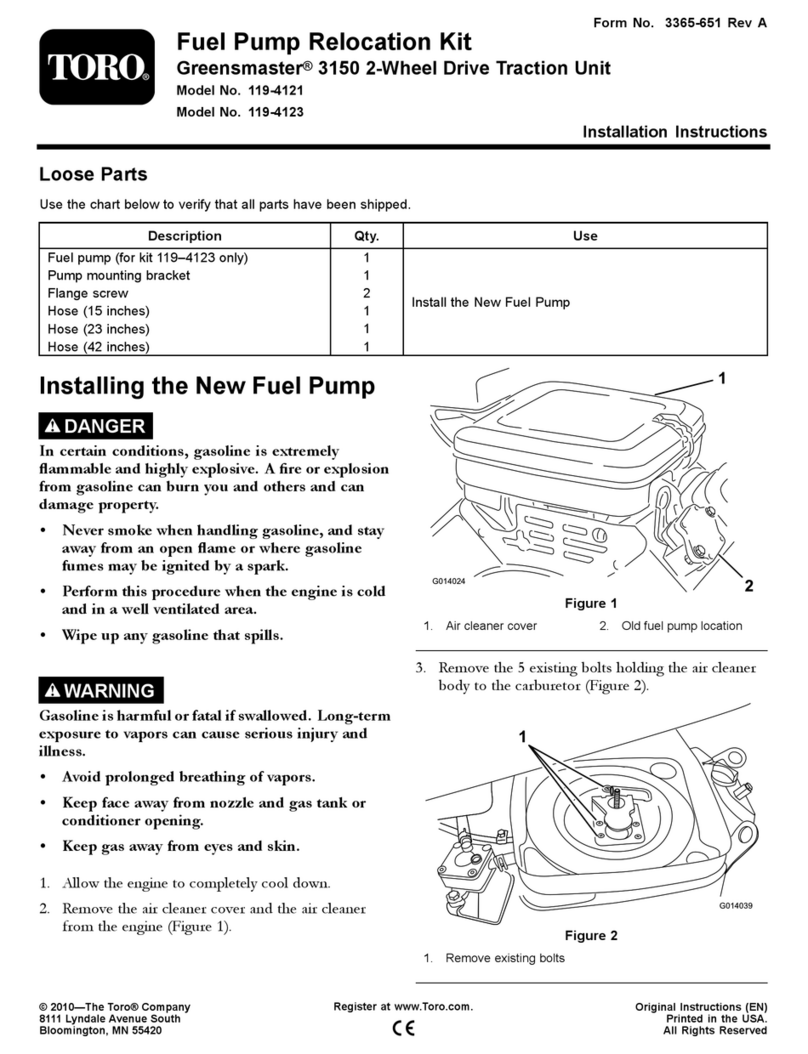
Toro
Toro 119-4121 User manual
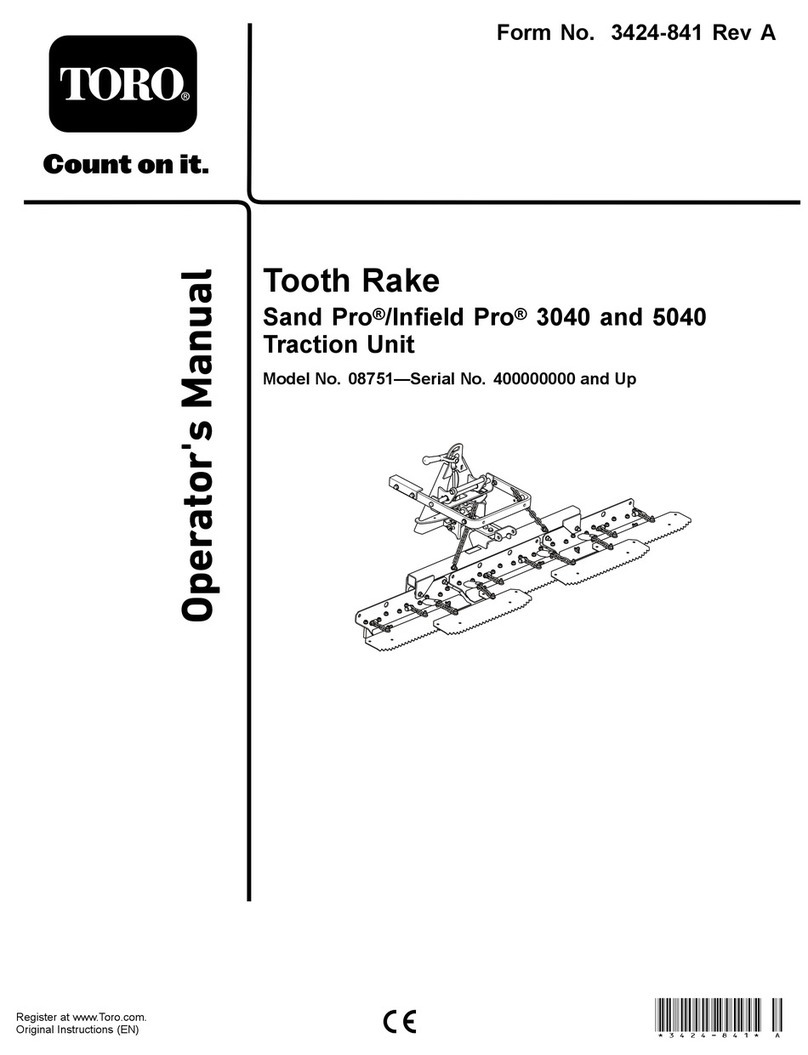
Toro
Toro Sand Pro 3040 User manual
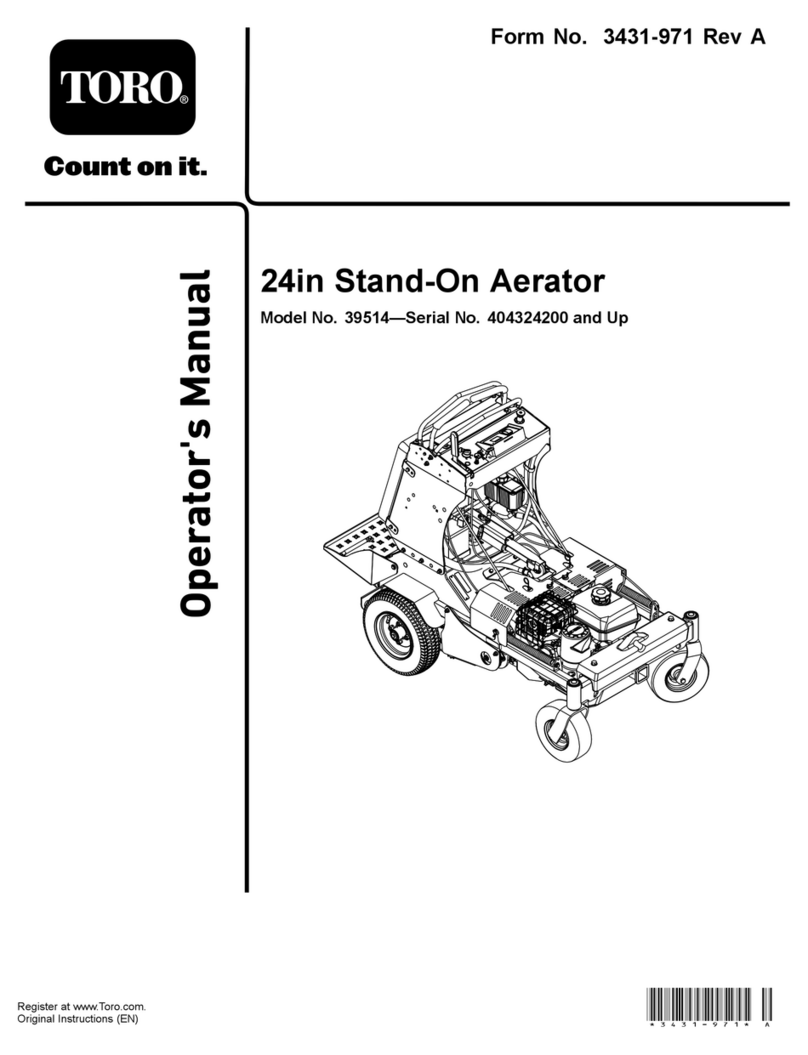
Toro
Toro 39514 User manual
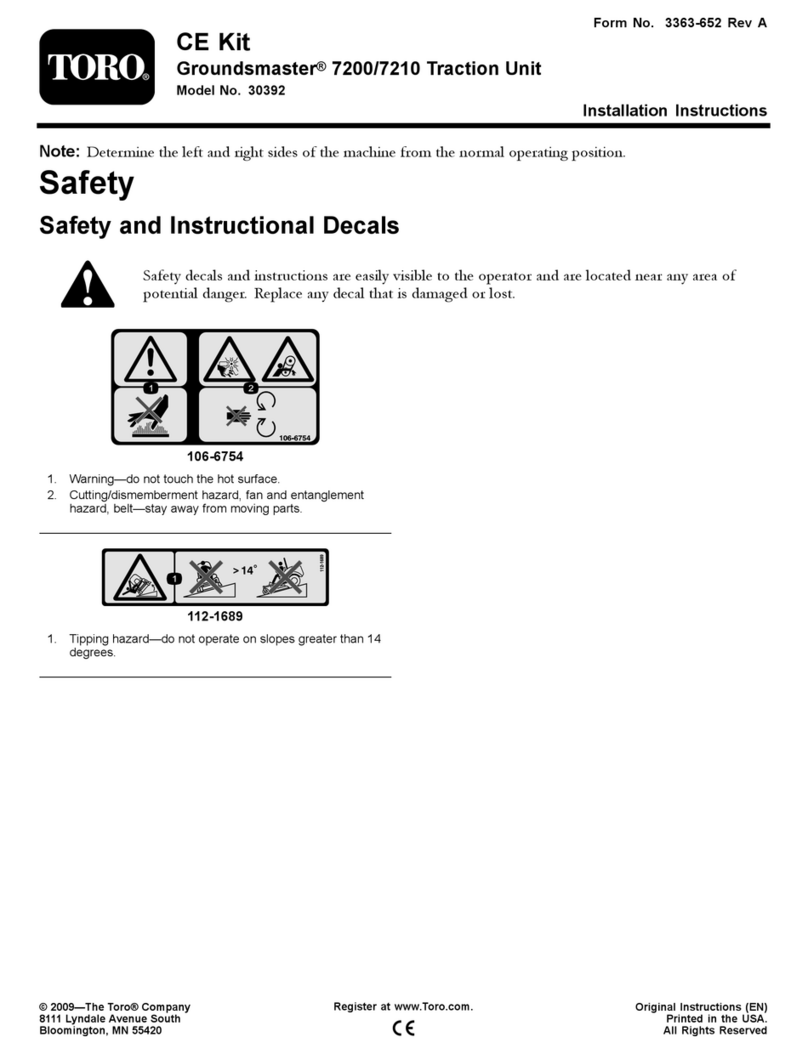
Toro
Toro 30392 User manual
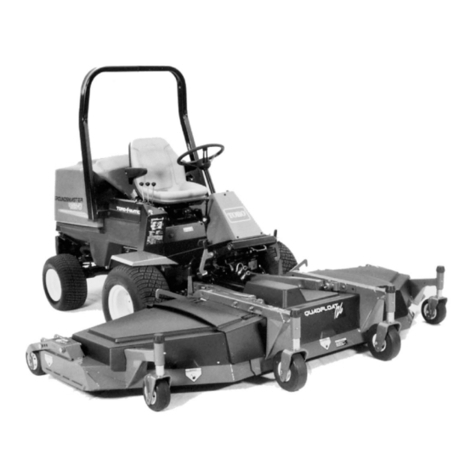
Toro
Toro groundsmaster 455-D User manual
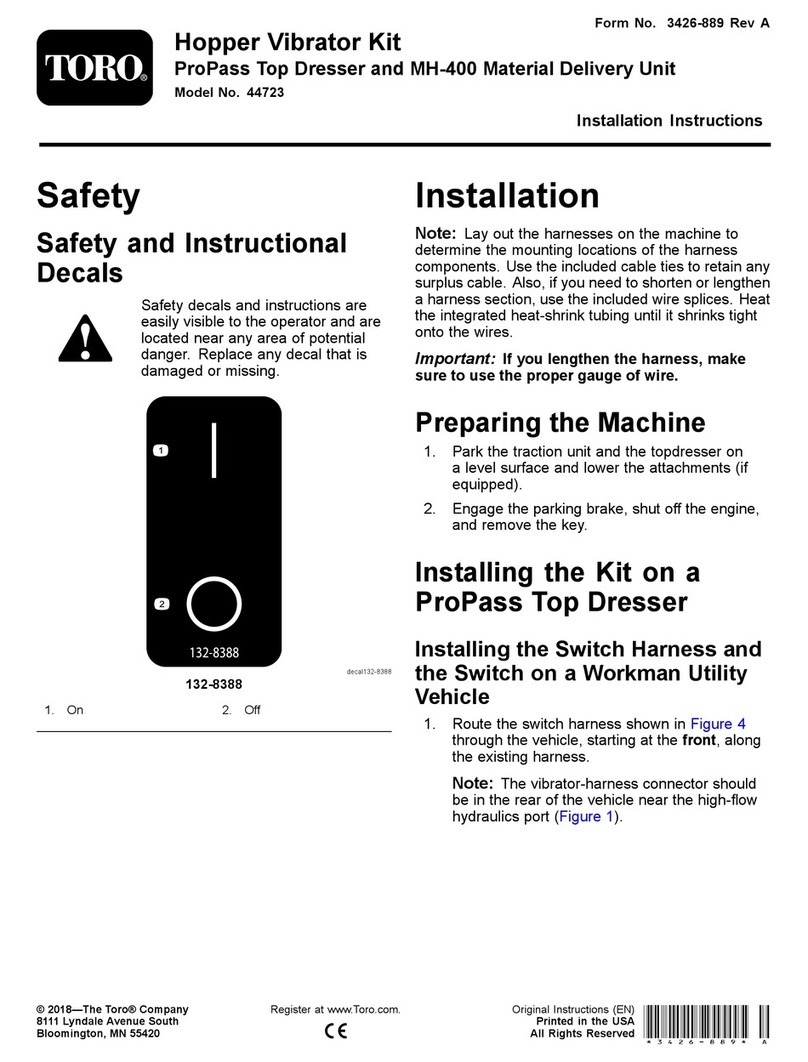
Toro
Toro 44723 User manual
Popular Lawn And Garden Equipment manuals by other brands

Sunforce
Sunforce SOLAR user manual

GARDEN OF EDEN
GARDEN OF EDEN 55627 user manual

Goizper Group
Goizper Group MATABI POLMINOR instruction manual

Rain Bird
Rain Bird 11000 Series Operation & maintenance manual

Cub Cadet
Cub Cadet BB 230 brochure

EXTOL PREMIUM
EXTOL PREMIUM 8891590 Translation of the original user manual

Vertex
Vertex 1/3 HP Maintenance instructions

GHE
GHE AeroFlo 80 manual

Land Pride
Land Pride Post Hole Diggers HD25 Operator's manual

Yazoo/Kees
Yazoo/Kees Z9 Commercial Collection System Z9A Operator's & parts manual

Premier designs
Premier designs WindGarden 26829 Assembly instructions

Snapper
Snapper 1691351 installation instructions
